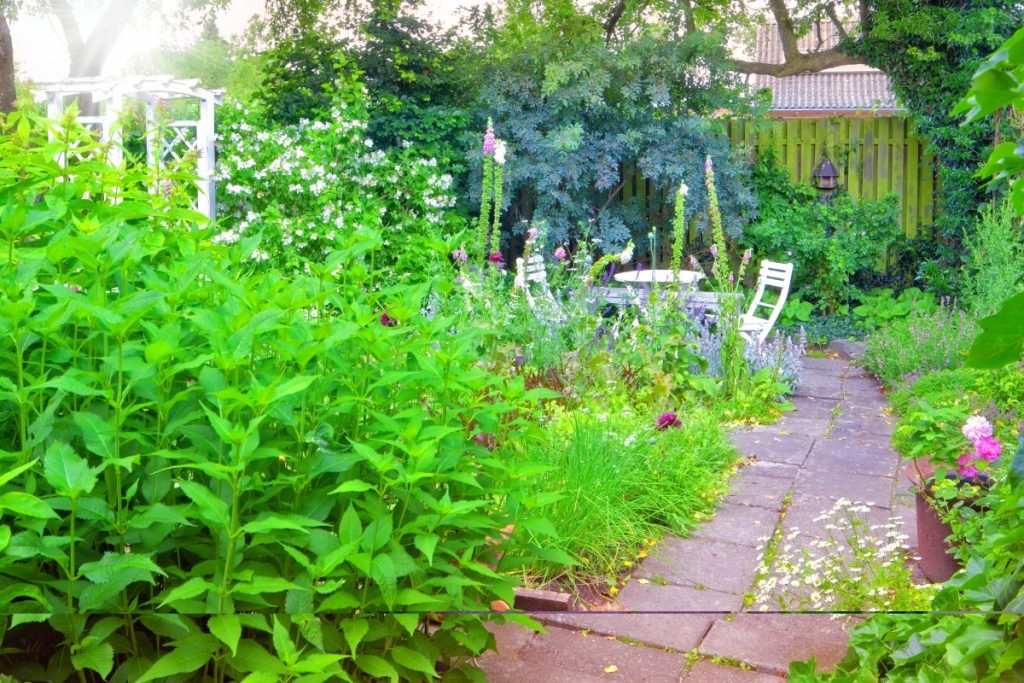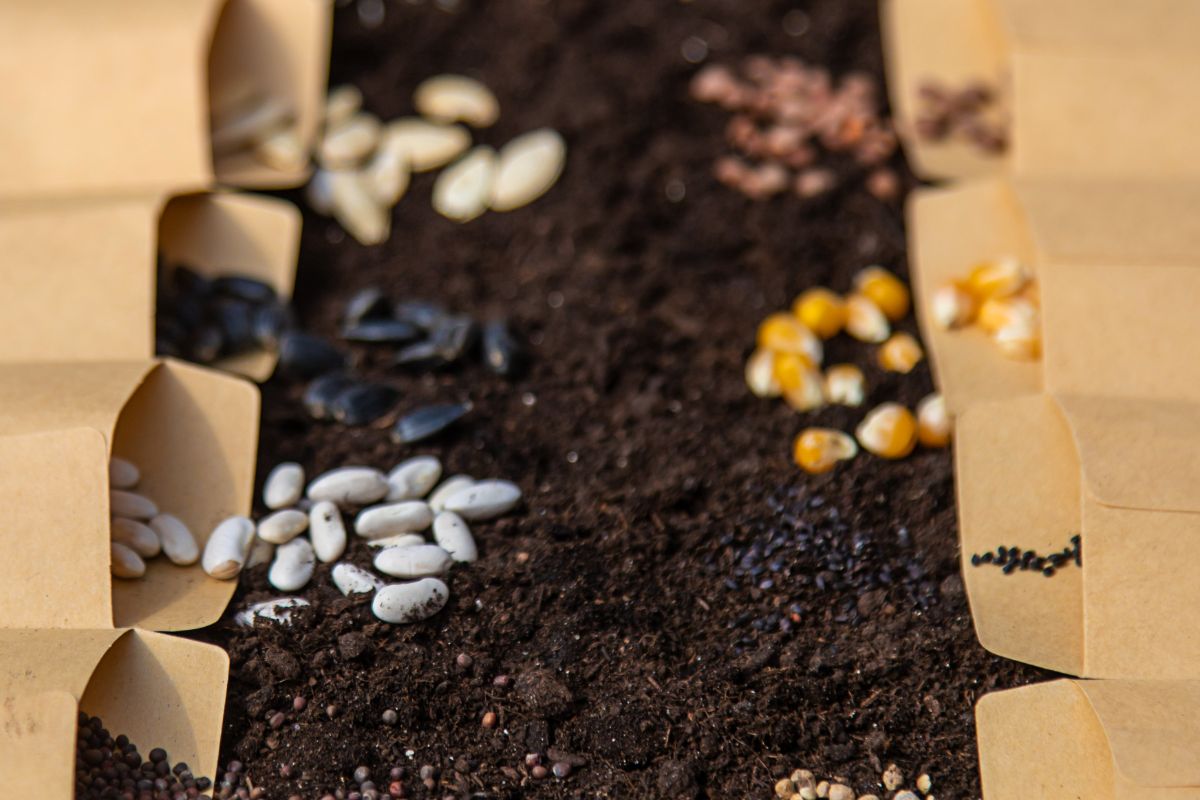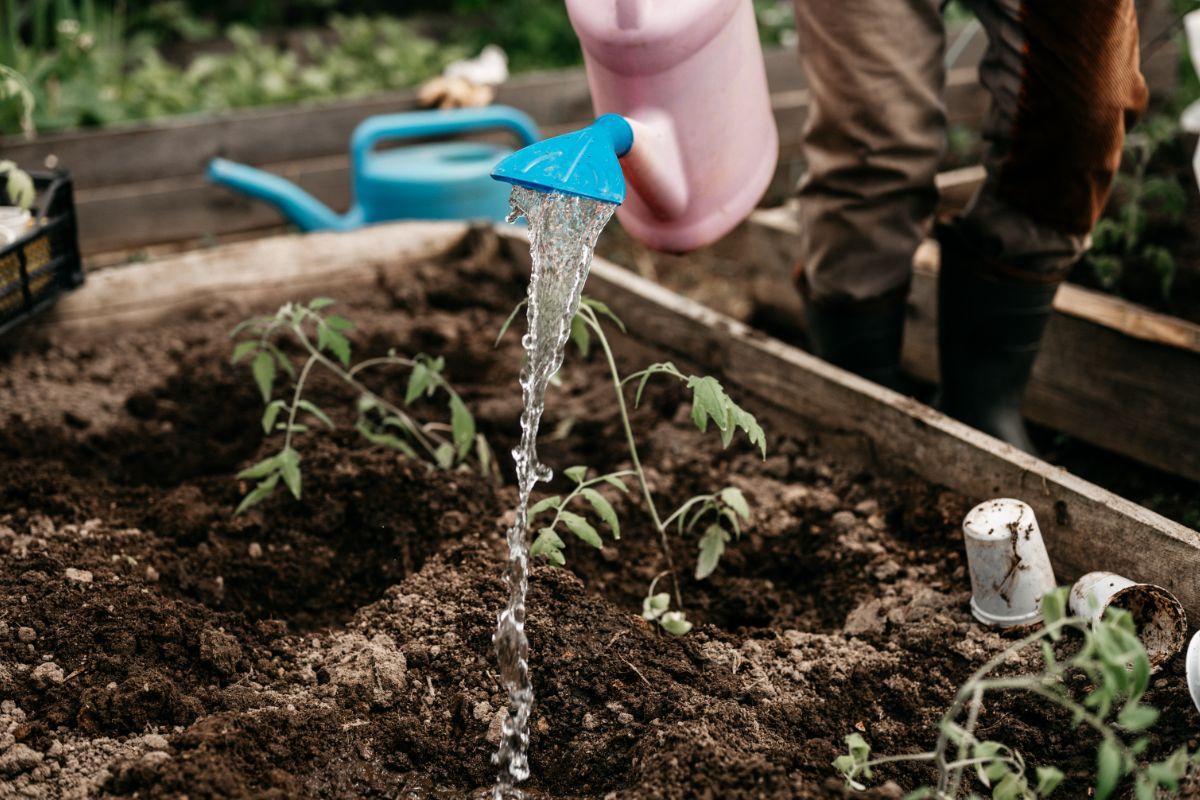5 Tips for Growing Your Own Food in Urban Spaces
2024 Sep 12 | by Apple Barretto

What are the tips for growing food in urban spaces?
- Plan your urban garden
- Choose the right seeds
- Consider vertical gardening
- Arrange drainage systems
- Join a community garden
Overview
- The article explores how urban families are increasingly adopting green living practices, such as growing their own food or the farm-to-table concept It offers five essential tips for successful urban gardening: careful planning to maximize available space, selecting easy-to-grow seeds suitable for the Philippine climate, utilizing vertical gardening techniques, ensuring proper drainage systems, and engaging in community gardening initiatives.
- These strategies empower urban dwellers to cultivate a sustainable lifestyle, fostering a deeper connection with nature and promoting community well-being.
In today’s fast-paced urban lifestyle, more families are embracing green living and finding creative ways to connect with nature within their limited urban spaces. One popular trend is growing food at home or the farm-to-table concept as a way to promote sustainability and self-sufficiency.
Despite the challenges of space constraints, urban dwellers are discovering innovative ways to cultivate their gardens. In this article, we’ll explore five tips for successfully growing food in urban spaces, proving that living in a bustling city doesn’t mean sacrificing your desire for a greener, more sustainable lifestyle.
Plan Your Urban Garden
Urban gardening is a family-friendly activity that requires careful planning to ensure success. Begin by assessing your available space, whether it’s on kitchen counters, balconies, or window sills, and consider the amount of sunlight exposure each area receives. Container gardening, using pots or recycled containers, is an excellent choice for those with limited outdoor space.
However, you should take note that this can differ depending on the type of home you have. Here at Pueblo de Oro, we have different types of properties from a low-rise condo in Cagayan de Oro to townhouses in Batangas. In all of these spaces, there is a more than enough space for you to create your own garden.
Choose the Right Seeds

You don’t need to have a green thumb to start gardening! Many families hesitate to dive into gardening because they feel they lack the skills to succeed. But the key to a lush garden is choosing the right plants. To begin your gardening journey, consider selecting plants that are easier to cultivate in the Philippines like vegetables or herbs that you’ll frequently cook, making gardening a rewarding and enjoyable experience
Here are some seeds you can try out:
- Basil: Easy to grow, basil thrives in warm weather and requires minimal care. It’s versatile in the kitchen and adds flavor to various dishes.
- Malunggay (Moringa): Known for its nutritional value, malunggay is resilient and grows well in different climates. It’s a staple in Filipino cuisine and provides abundant leaves for cooking.
- Kangkong (Water Spinach): Kangkong is a fast-growing leafy vegetable that tolerates various soil conditions and can be harvested continuously. It’s rich in nutrients and commonly used in Filipino stir-fries and soups.
Consider Vertical Gardening
Another tip for growing food in urban spaces is to use your vertical space. You can maximize the space you have in low-rise condos or townhouses by venturing into this type of garden. This approach optimizes vertical space, allowing you to cultivate a thriving garden even in limited areas.
Begin by installing trellises, fences, or hanging baskets to create vertical structures for your plants. Choose vining crops like ampalaya, patola, and upo, which flourish when allowed to climb and trail upwards.
For those preferring non-vining plants, consider using tiered shelves or vertical planters to accommodate a variety of herbs and leafy greens, ensuring each pot is securely positioned to prevent accidents.
Arrange Drainage Systems

A proper drainage system is crucial for the health of your soil and crops as it prevents waterlogging, which can deprive plant roots of oxygen. To ensure effective drainage, consider building raised beds or creating channels for excess water to flow out of your garden. Additionally, adding rocks to the bottom of pots can help regulate water levels.
For vertical gardens in condos or townhouses, ensure proper drainage by using pots with drainage holes and lining the bottom with rocks or gravel. Attach a drip tray beneath each pot to catch excess water and prevent leakage. Regularly check and clear drainage paths to maintain optimal growing conditions.
Join a Community Garden
Engage in the collective effort of community gardening to foster a deeper connection with both nature and your neighbors. These green spaces, often integrated by housing developers, serve as hubs for cultivating food sustainably while promoting a sense of camaraderie among residents.
By participating, you not only contribute to local food production but also nurture a greener, more vibrant community. It’s an opportunity to share knowledge, resources, and experiences, empowering individuals to adopt eco-friendly practices and embrace a lifestyle that prioritizes sustainability and community well-being.
Joining a community garden is not just about growing food; it’s about cultivating a sense of belonging and environmental stewardship within your neighborhood.
Key Takeaway
Growing your food requires many thoughtful decisions. This is because gardening is an investment with long-term benefits. In this case, it is receiving homegrown vegetables, fruits, herbs, and species that you can have direct access to. Moreover, cultivating your garden is a worthwhile achievement.
In building your garden, you can begin by making sure you are well-supported in this venture. At Pueblo De Oro, we encourage our residents to maximize our master-planned communities. We offer houses that are a blank canvas to your ideal way of life, so give in to your green thumb wishes with us. Contact us today to learn more.

 ESG Focus
ESG Focus
 Seller’s
Portal
Seller’s
Portal